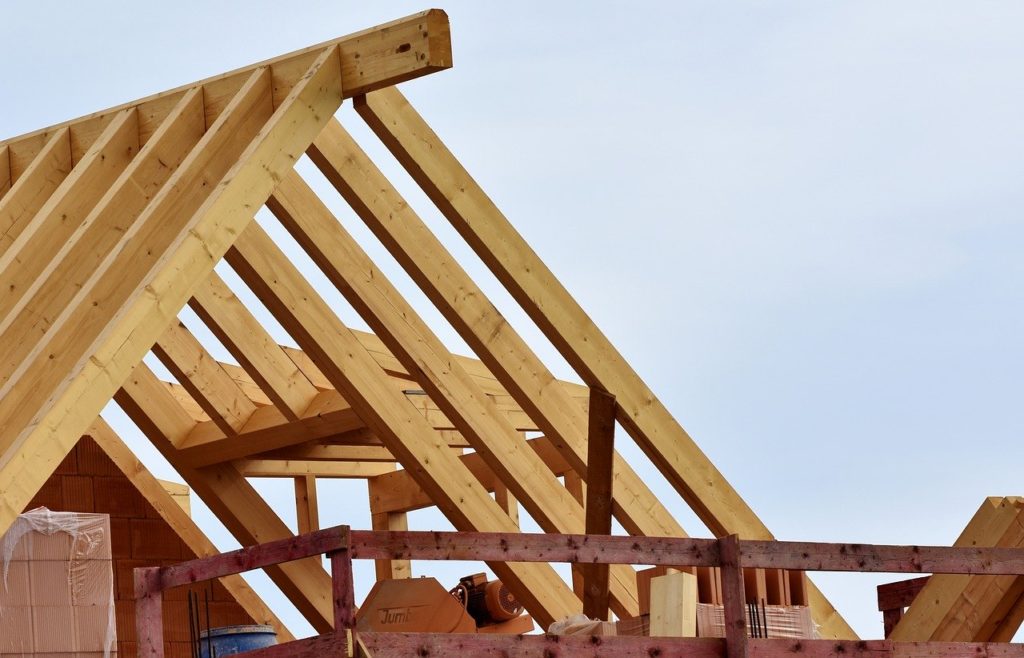
Do you remember the time when you were a kid and you were asked by your teacher to draw a house? You draw a square for the walls and a triangle on top. Voila! You have a house. You wish it were that simple in real life. You need to consider a lot of things when constructing a house. One of these things is the roofing.
Roofs do more than just give the house and its residents protection against sunlight, rain, snow, and other elements outside. They also define the overall appearance of the house. In addition, roofs can offer added living space, or make homes more energy-efficient and resilient. So it is important that you choose the right roofing for your house.
In this article, we are going to help you decide which roof to choose by looking at the pros and cons of a flat roof compared to a pitched roof. Which roof is best for your house?
Pitched roofing
Pros
If you’re going for a more traditional roof, pitched roofing is for you.
Pitched roofs are also preferred for its longevity and durability. Although the upfront cost of construction is high, its repairs are often less pricey than flat roofs. Its design is versatile too. The extra space under a pitched roof can be converted to set up additional living spaces like attic bedrooms, playrooms, or storage rooms. When it comes to drainage, pitched roofs are more reliable than flat roofs. Due to its sloped design, rainwater naturally falls down into downspouts and guttering, easily removing it from the house. Because of this, there is less risk of pooling water which may damage the roof. Additionally, it is less prone to moisture damage, making it more affordable in the long term.
Cons
As mentioned earlier, pitched roof is costly and it takes more time to install than flat roofs. Pitched roofs may also be more difficult to clean due to its sloped design.
Flat roofing
Pros
Unlike pitched roofs, flat roof designs are more modern and contemporary.
They are commonly used for industrial and commercial buildings but can suit residential houses too. Like the pitched roofing, flat roofs may also offer extra living spaces like a patio or a garden, or just extending vertically in the long run. Additionally, the space on a flat roof can be used to place heating and cooling systems. This is common for roofs that are designed commercially. The flat design’s ideal for installing solar panels too, giving your home energy that is more efficient and more independent.
Compared to pitched roofs, flat roof is faster and easier to install and needs less materials so it reduces installation costs. For this reason, flat roof is more appealing for businesses.
Cons
One big disadvantage of having a flat roof is its efficiency in drainage. Drains can become clogged if not regularly inspected, leading to damage and water leakage. That is why flat roof is not recommended for properties located in areas where there are heavy rain or snow. So to ensure lasting performance, this type of roof requires more attention than a pitched roof. This factor is not very appealing if you have large properties, and if you are a very busy person who can’t afford to pay attention to your roof.
Although the installation costs of flat roofs are less expensive than pitched roofs, maintaining it may eventually be expensive, especially if not inspected regularly.
Conclusion
Now that you know the pros and cons of flat roof and pitched roofs, you can decide which style is best for your house. But whatever roofing style you choose depends on your budget, your location, and of course, a team of professional roofers to maximize your roof’s performance and efficiency.